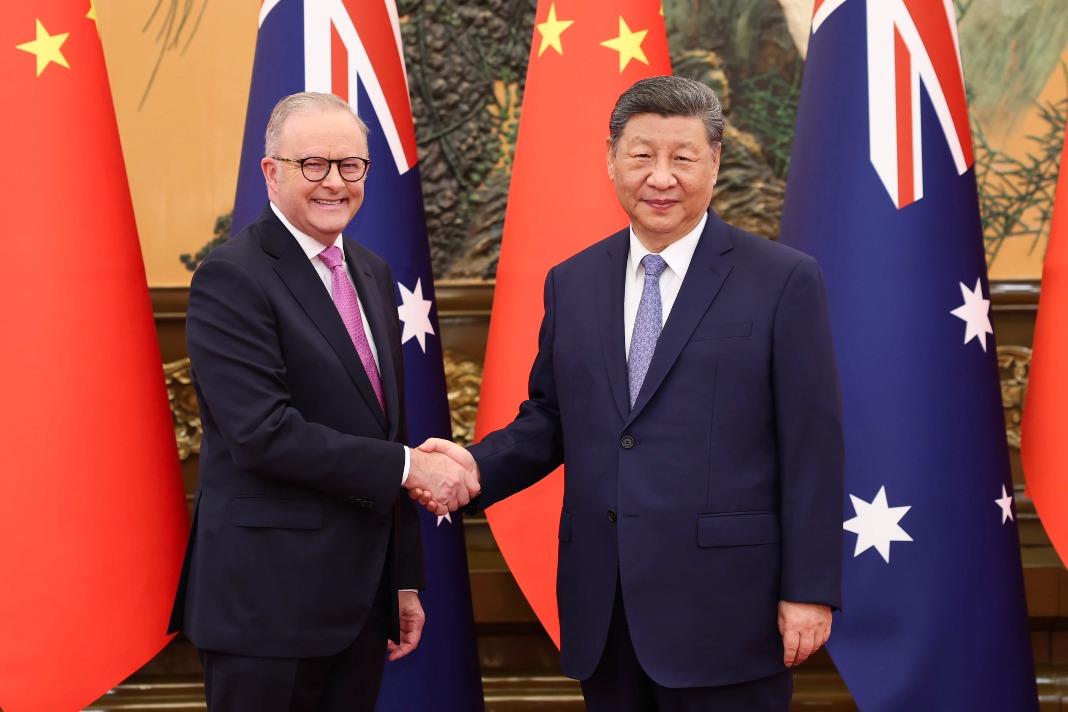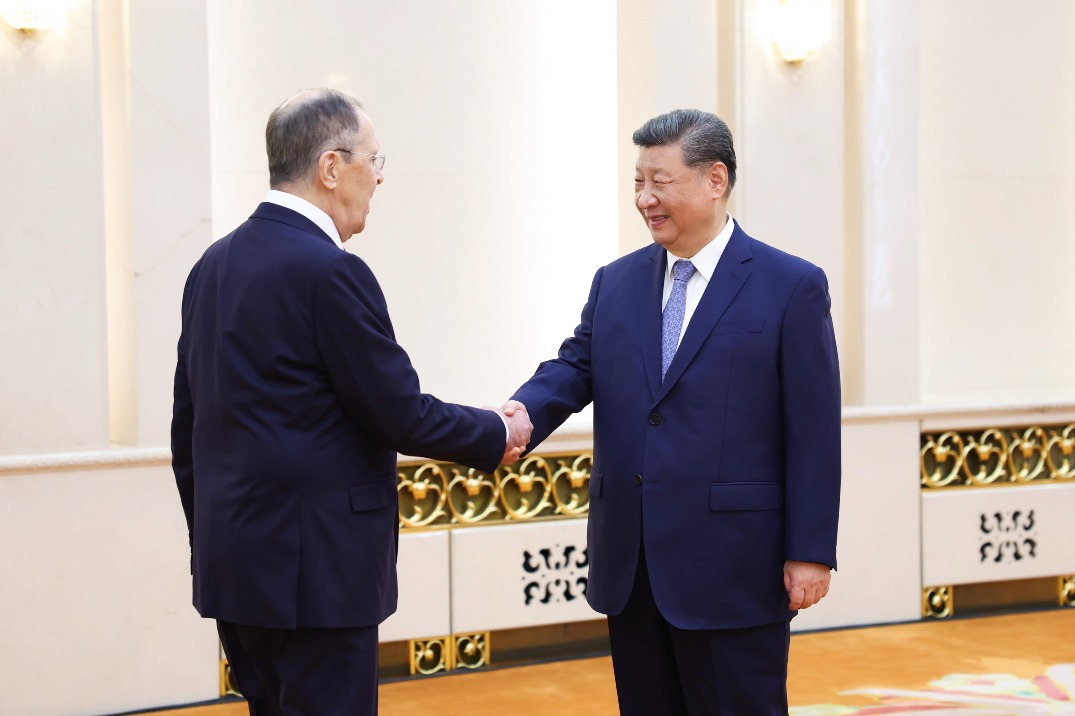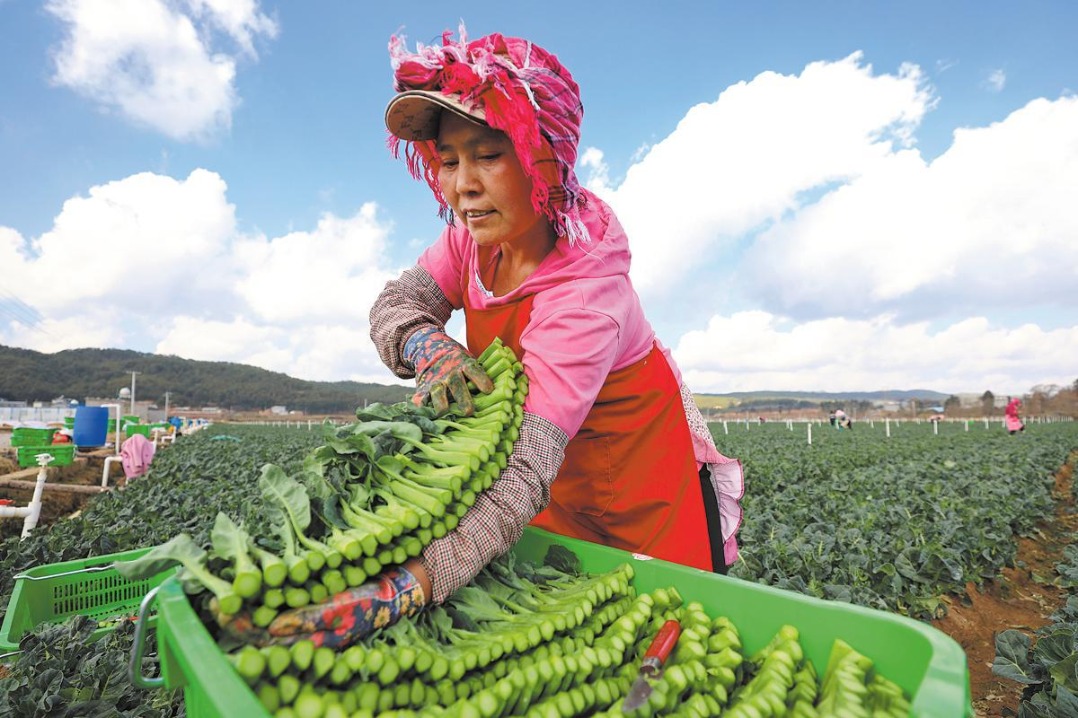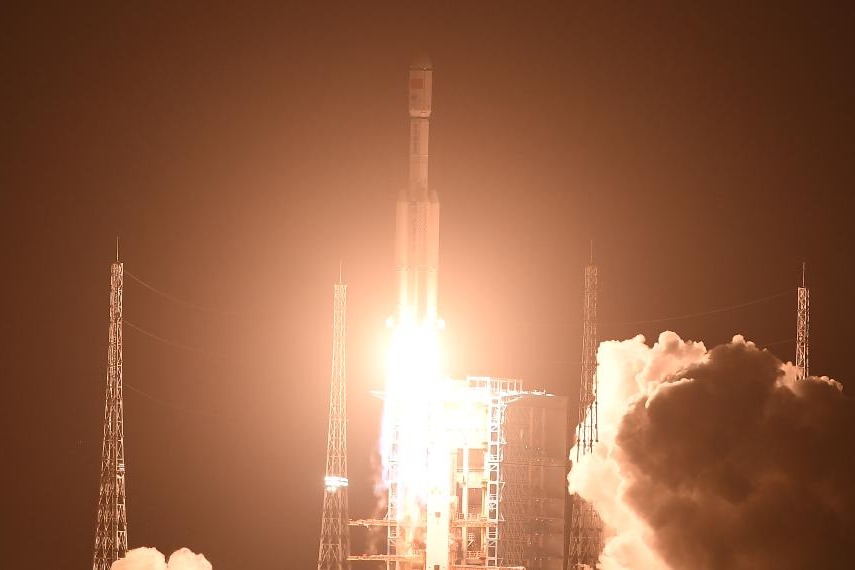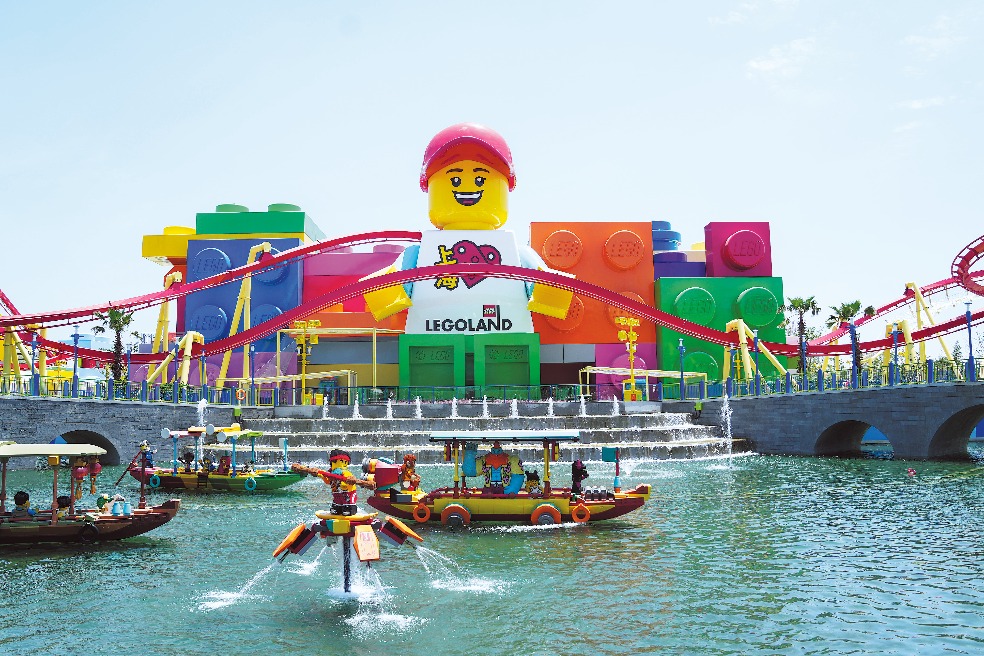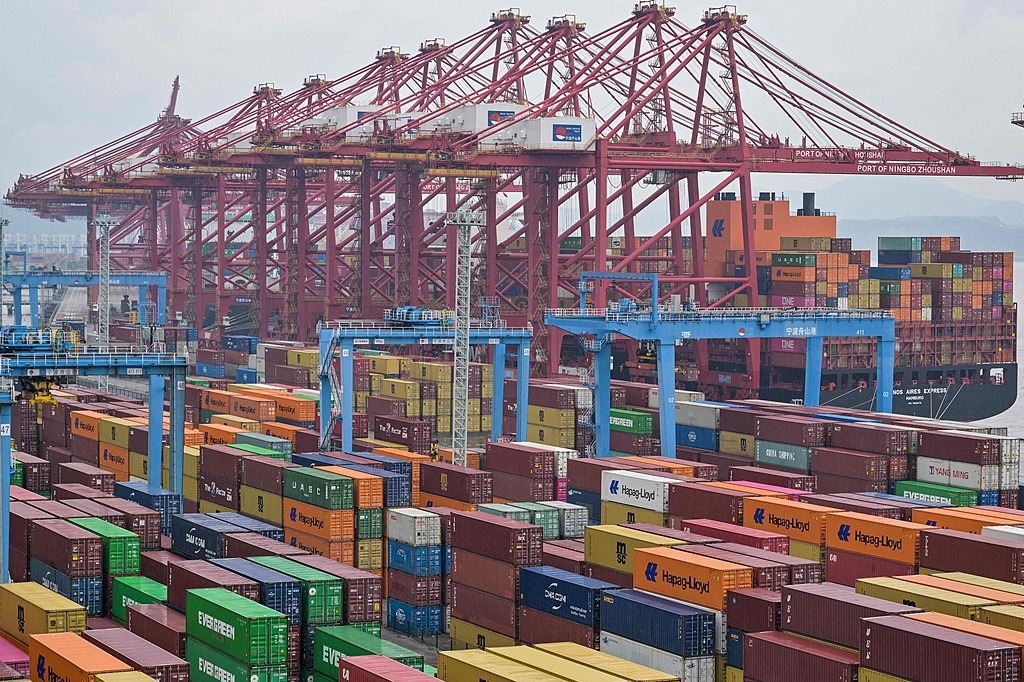What's on

Imagination as art
Sculpting is a natural way for children and adolescents to express themselves. While their techniques need time to mature, the more important thing is how their observations of people and surroundings are reflected in their art. Two works-a father toying with his mobile phone while using the toilet and a day-care center crowded with energetic children-are part of the ongoing Fourth Chinese Youth Sculpture Exhibition in Datong, Shanxi province. A collaboration between the city and the Central Academy of Fine Arts in Beijing, the show, which runs through Aug 15, aims to inspire children and early teens to create art and imagine more. Over 400 works from across the country are being displayed, reflecting the makers' creativity in using different materials, including clay, wood, metal and plastic. Sui Jianguo, a CAFA professor and sculptor, says it is an "eye-opening" show. "What deeply touched me is (the children's) sincerity. Even though their skills are unrefined, the expression of human nature is more important. Secondly, their imagination is limitless, and their methods of creation are diverse and distinctive."
9 am-5 pm, Tuesday to Sunday.10 Wuding Jie, Pingcheng district, Datong, Shanxi province.
'Great rescue'
After the Japanese army occupied Hong Kong in December 1941, it ordered Chinese intellectuals who had previously fled to the city to surrender. To evacuate these patriotic figures and prevent them from being put under arrest by Japanese troops, forces led by the Communist Party of China carried out a mission called the "great rescue". In about 200 days, CPC guerrillas helped more than 800 people, including foreigners from several countries, to escape an intensive hunt by the Japanese forces in Hong Kong, and escorted them to safety. Among the cultural luminaries were He Xiangning, a social activist and advocate of women's rights, and Mao Dun, writer who later became New China's first culture minister. For the Culture Succession exhibition is being held in Shenzhen, Guangdong province, in memory of this mission. The show has related documents, vintage photos and other items. The exhibition at the He Xiangning Art Museum, through Sept 15, also shows paintings by prominent Chinese artists of the 20th century, including some who experienced the "great rescue".They were donated by Liao Anxiang, a Party member who participated in the mission, to Jiaying University in Meizhou, Guangdong.
9:30 am-5 pm, closed on Mondays.9013 Shennan Dadao, Nanshan district, Shenzhen, Guangdong province. 0755-2660-4540.
Guishan Mountain series
Since 2006, Mao Xuhui, a leading figure in Chinese contemporary art, has made many visits to the Guishan Mountain area where members of the Sani community of the Yi ethnic group live. The area is some 100 kilometers from Kunming, Yunnan province, where Mao has lived since childhood. Mao has experienced a simple and self-sufficient life in the villages there. He says time seems frozen in Guishan, and he feels like he has found eternity and calmness, and new reasons to keep on painting. Mao's Guishan series of paintings are on show at The History of Eternity: Forty Years of Mao Xuhui 1980-2021, a retrospective exhibition reviewing his artistic development over the past four decades, beginning with his active days during a vanguard art movement in Yunnan and Sichuan provinces in the 1980s. The exhibition, being held at Tang Contemporary Art Beijing through Aug 26, shows oil paintings, ink works on paper, drawings and mixed-media creations to encompass distinctive motifs and styles from Mao's career. It is a document of not only an individual's continuous self-reflection and tireless creativity but also serves as a mirror of the evolution of Chinese contemporary art.
11 am-6:30 pm, Tuesday to Sunday. D06&B01, 798, 2 Jiuxianqiao Road, Chaoyang district, Beijing. 010-5762-3060.
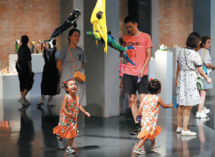


Today's Top News
- Urban renewal beyond economic growth
- Xi meets Russian FM in Beijing
- Xi meets heads of foreign delegations attending SCO council of foreign ministers meeting
- Xi addresses Central Urban Work Conference, listing priorities for urban development
- China reports 5.3% GDP growth in H1
- China handles 95 billion parcels in first half of year
Most Viewed
- DeepSeek's success an opportunity for global AI cooperation
- English majors face uncertain future as AI replaces basic skills
- Tianzhou 9 robotic cargo mission launched in Hainan
- Xi addresses Central Urban Work Conference, listing priorities for urban development
- China reports 5.3% GDP growth in H1
















